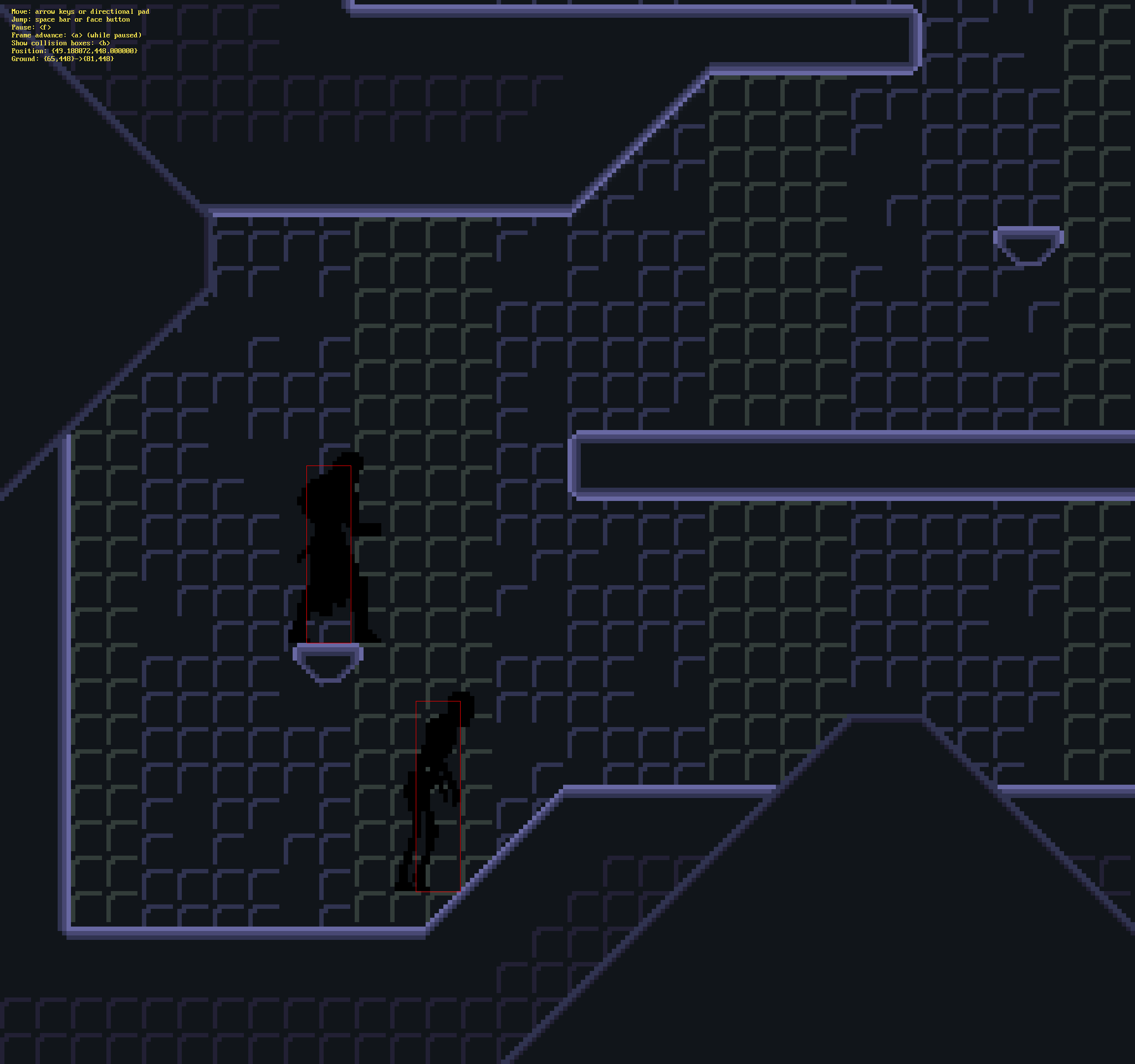Less is more
At the end of my last post, I speculated on what to work on next and suggested that I would expand ULTRA240’s features. Originally, I planned on providing APIs for additional drawing operations so that games using ULTRA240 as a framework could render graphical elements like in-game effects, user interfaces, and HUDs. Shortly into my planning, I decided to go the opposite route.
Rather than continue on the path of designing a game engine or framework, I want to focus on a few well-defined operations and let the game developer handle the rest. I started removing components and what remained are the following core aspects:
- Loading compiled resources
- Efficient tile rendering pipeline
- Animation system
- Entity collision detection
These components will be easier to integrate with other libraries than it will be to integrate other libraries with ULTRA240 as a framework.
And to prove it, I integrated the prolific cross platform graphics library BGFX into my sandbox level and used it to implement debug text and a handy collision box renderer.

You may also notice that the tileset is a bit different in this screenshot from that of older videos. I was previously using the “2D Metroidvania Bio Sci-Fi” tileset by mtk as art in my sandbox level. Now the time had come to release this example application, and I tried my hand at drawing my own, extremely limited, public domain tileset that I could publish along with the example game’s code and its other resources. You can browse this code at the ULTRA240 Example repository. If you’re running a POSIX compatible system, it should be trivial to compile and the run the “game” yourself locally.